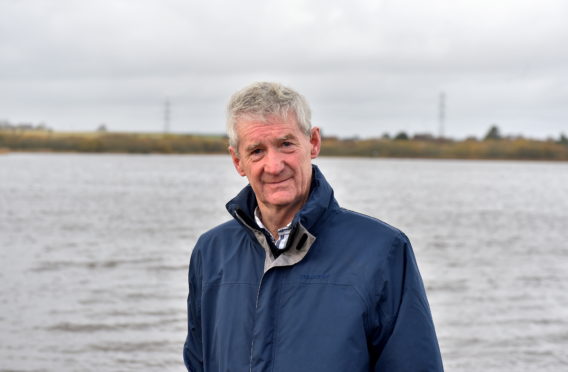Concerns that Scottish fishing vessels are being inspected more often than EU boats have been raised by a north-east MSP.
Tory Peter Chapman has written to Rural Economy Secretary Fergus Ewing after new data appeared to suggest that Marine Scotland inspected far more UK boats than foreign ones.
But Mr Chapman’s concerns were countered by the Scottish Government, which claimed the raw statistics did not take into consideration other factors that had to be taken into account when enforcing the rules that govern the sea.
According to the figures, which were obtained under Freedom of Information (FoI) legislation, UK vessels were boarded at sea 933 times in 2017 and 2018 (455 in 2017 and 476 in 2018).
This compared with just 149 boardings for EU vessels at sea over the same period (87 in 2017 and 62 in 2018). Overall inspections at sea for UK vessels accounted for 84.75% of the total boardings.
There was a similar discrepancy for boardings in port, with 77.8% made on UK-registered vessels.
The statistics were unearthed following an FoI request tabled with Marine Scotland, the Scottish Government agency responsible for managing the sea, by Shetland councillor Duncan Simpson.
Mr Chapman claimed there was something “very far wrong with the inspection regime carried out by Marine Scotland”, adding that there were “huge discrepancies” in these figures.
He said: “Given that 60% of the fish landed from our waters is caught by EU boats, I would have expected the number of boardings would at the very least have been roughly equal.”
Bertie Armstrong of the Scottish Fishermen’s Federation said: “If you ask anyone in the industry they will tell you that Scottish boats get inspected a lot more. That’s definitely the feeling in the fleet – rightly or wrongly.”
But the Scottish Government said much of Marine Scotland’s inspections took place in closed or restricted areas where there were unlikely to be any vessels other than Scottish ones.
Foreign vessels had to adhere to control mechanisms that did not apply to Scottish boats and were only allowed to leave UK waters if Marine Scotland was satisfied with their catch.
A government spokeswoman said: “The claims being made are categorically untrue and the raw statistics being quoted do not take into consideration the many other factors that have to be considered in order come to a reasonable and balanced view of the enforcement activity being undertaken by Marine Scotland at any given time.”
